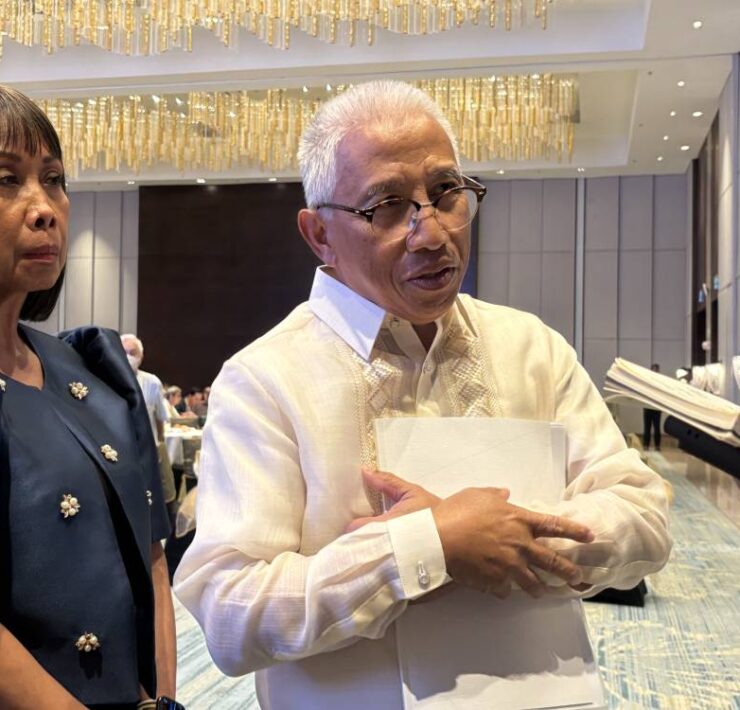Gold bull run tempers GIR decline

The value of gold held by the Bangko Sentral ng Pilipinas (BSP) rose to a record high in March, tempering the decline in the country’s reserve buffers, as growing anxiety over tariffs drove up the global prices of the precious metal.
Latest data from the BSP showed the value of its gold holdings had gone up by 6 percent month-on-month to $12.7 billion in March.
This was the highest on available record dating back to 2000, as international prices of the precious metal—widely considered a safe-haven asset—reached fresh peaks amid recession fears fueled by US president Donald Trump’s tariff actions.
At that level, gold cornered 12 percent of the Philippines’ end-March gross international reserves (GIR), the country’s buffer against external shocks.
Ahead of the sweeping “Liberation Day” tariffs slapped by Trump on the rest of the world on April 2, he had taken several tariff actions in March. He announced the reimposition of 25-percent tariff on imported steel and aluminum and later on slapped a 25-percent tariff on imported vehicles.
Other assets
Apart from gold, reserve assets like foreign investments of the BSP and foreign exchange, as well as borrowing authority with the International Monetary Fund and the country’s contributions to the same Washington-based institution, form part of the GIR.
Figures showed the GIR amounted to $106.2 billion in March, lower than the preceding month’s level of $107.4 billion. Broken down, gold was the only GIR component that had increased in March.
John Paolo Rivera, senior research fellow at state-run think tank Philippine Institute for Development Studies (PIDS), said the buffer funds would have posted a steeper decline if not for the jump in gold holdings.
“If gold prices dipped in March, it would have dragged GIR slightly lower even without actual outflows,” Rivera said.
Dissecting the other GIR components, offshore investments of the BSP, which accounted for the bulk of the reserves, fell to $88.6 billion in March, the lowest in three months.
Foreign exchange holdings, meanwhile, plummeted to a near 10-year low of $498 million, which the BSP attributed to foreign debt repayments of the government and occasional interventions to prevent a sharp depreciation of the peso.
Despite the decline, the GIR was equivalent to 7.3 months’ worth of imports, way above the international standard of three-month import cover.





















